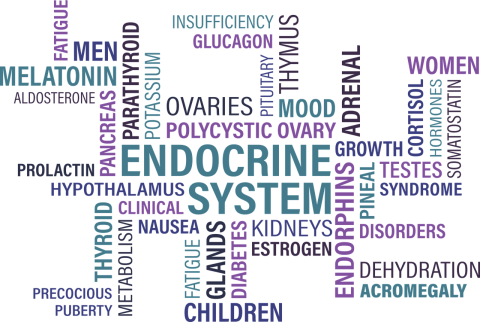News • Politics
Endocrine Society calls for revising strategy to protect public health
The Endocrine Society expressed continued concerns today that the European Union’s (EU’s) criteria for regulating endocrine-disrupting chemicals (EDCs) in pesticides and biocides do not go far enough to protect public health.

An EDC is a chemical that mimics, blocks or interferes with the body’s hormones. EDCs contribute to serious health problems such as diabetes, obesity, neurodevelopmental disorders and reproductive problems.
The criteria for biocides take effect today and will be implemented according to a guidance document issued by the European Chemicals Agency (ECHA) and the European Food Safety Agency (EFSA). The Society’s scientific experts remain concerned that the final criteria require an excessively high level of proof that a chemical is an endocrine disruptor, and that the guidance document creates further unnecessary barriers to regulating harmful EDCs.
The Endocrine Society asserts that the finding of an adverse effect that involves hormones or endocrine systems should be sufficient to identify an EDC. A detailed study of action and mechanisms should not be required. In addition, the guidance has a limited scope. It looks at only four endocrine pathways, and fails to address other pathways that affect important functions such as metabolism, body weight and insulin action.
EDC regulations should be designed to protect the most vulnerable populations–including fetuses, children and adolescents–from irreversible effects. EDCs are found in a number of products, including food contact materials, manufacturing chemicals, children’s toys, cosmetics and personal care products. Those potential sources of exposure need to be addressed beyond the EU’s biocides and pesticide laws.
In its position statement, the Society called for the EU to revise its 1999 strategy on EDCs to account for new scientific information developed in recent years and with the aim of minimizing exposure to hazardous EDCs throughout the environment and in consumer products.
Additional research also is needed to improve understanding of EDCs. New studies could explain how EDC exposures affect people during various life stages, including adolescence. More research also could shed light on how EDC exposure contributes to reproductive health issues, such as declining sperm counts.
You can read the position statement here!
Source: Endocrine Society
11.06.2018





